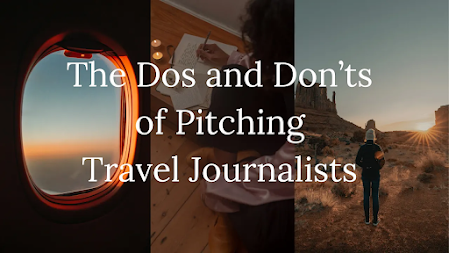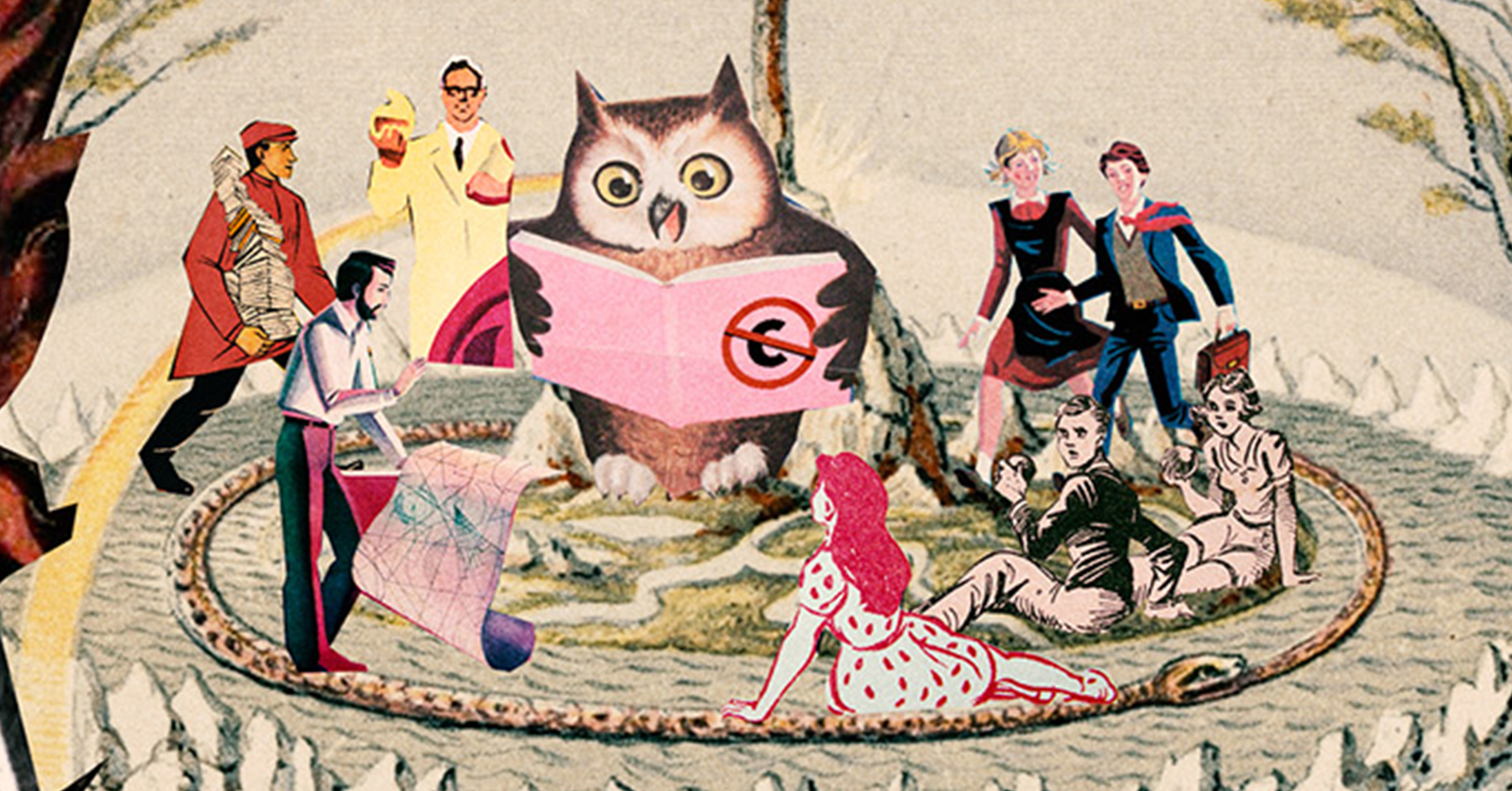Comments below are supplied by judges).
1. Unprecedented demand. “If you phone a call centre or email a company today, you’re likely to hear or read that they’re ‘experiencing unprecedented demand’ and that they ‘thank you for your patience.’ This has been going on for years and is therefore ‘precedented’.”
2. Spatial computing. “This is a term to describe wearing very expensive computerised goggles on dry land. Tech giants have discovered that there are lots of wealthy people for whom reality just isn’t good enough, so they’re selling them battery powered goggles that look like those fit-over sunglasses you could buy from mail order catalogues in the seventies. I recommend renaming this ‘land snorkelling’ instead.”
3. Nontrivial. “This is a new and self-aggrandising way of saying ‘important’, but with a slight ‘more important than you’ vibe.”
4. Hard agree. “This means ‘my stance is firm, and I won’t be talked out of it’.”
5. Hard code. “This is a similar term, which is part of a trend to reimagine office life as an action movie. For instance, “I want you to hard code this into your information cascade strategy”.”
6. Deep dive. “More action movie terminology. This means ‘examine carefully’. I’ll bet ten bitcoins that there’s a few hundred consultancies that have diving boards installed in their receptions.”
7. Micro-influencer. “Many might question whether influencers have any value, but now we have the ‘rise’ of the micro-influencer, more likely to be ‘gifted’ a long weekend at a local caravan park by a client than a month-long residency in The Maldives. Micro-influencers are so-called for their modest followings and the improbability of them having any effect. If someone calls themselves an influencer of any type, they are best avoided and never trusted. If they’re called an influencer by others, expect dead-eyed endorsements for the price of a house.”
8. Parasocial. “This is a buzzword used to describe a connection with someone you don’t know personally on social media. I suggest calling this ‘paranormal’ instead.”
9. Manifesting. “The act of trying to make something happen by thinking it will happen after you’ve done a two-day workshop with a ‘guru’ with one of those complex morning routines. A cynic might call this ‘wishful thinking’.”
10. Flexodus. “This used to be a term to describe a group of bodybuilders moving to another gym because they weren’t getting the adulation they felt they deserved. These days it means ‘leaving a job because flexible working arrangements aren’t provided.’”
11. Executive storytelling. “This is defined as the ‘strategic sequencing of facts and emotions’. Enough said.”
12. Resenteeism. “Staying in a job you actively hate and appearing embittered and resentful.”
13. Toggling tax. “A recent study found that employees waste as much as five weeks a year shuttling between one app and another. Hence, ‘toggling tax’.”
14. Infomediaries. “A sort of estate agent for your personal information. If you feel like you’re being chased around the internet by a posse of ads for a flat pack kitchen cupboard, the infomediary is probably the scout.”
15. Critical thinking. “This means ‘thinking properly’.”
16. Paper ceiling. “A thick layer of degree certificates, framed honorary degrees, membership certificates, newspaper clippings, etc, that prevent employees with natural ability getting promotions.”
17. Edutainer. “Someone who uses magic tricks, puppets or dad jokes to teach you about ‘cutting-edge project management methodologies in twelve snackable one-hour videos’.”
18. Narrative. “Once upon a time, stories used to page-turners. Now everything is a narrative, eg, “I’m exploring a personal narrative deep dive to elevate my leadership journey”.”
19. Elevate. “Essentially, this means picking something up off the floor, dusting it off and holding it closer to eye level.”
20. Journey. “Everything these days is a journey, however tedious. For instance, ‘A mesmerising unboxing journey’, ‘Our financial journey through the landscape of banking’, ‘The automating records management journey’, ‘A deep dive into the roadmap for your zero-trust journey’, ‘A journey to unlock the full potential of digital transformation’, etc. Twat-Navs, in other words.”




















